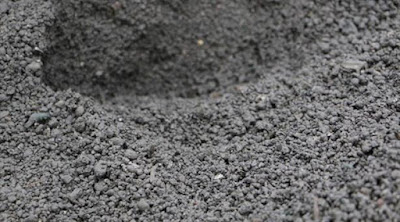SPONSORED
Definition of Bottom Ash

Bottom Ash is formed when ash adheres as hot particles to the boiler walls, agglomerates and then falls to the base of the furnace at a temperature around 12000 Celsius (Kim et al., 2006). Bottom Ash is coarse, with grain sizes spanning from sand to gravel, granular, incombustible by-product, and solid mineral residue.
Depending on the boiler furnace types, the Bottom Ash collected is classified into two types: dry Bottom Ash and wet Bottom Ash (more commonly referred to as boiler slag). The incombustible mineral elements stick together until they are heavy enough causes them to be removed from the bottom of the furnaces either in a wet or dry condition and is transported to handling areas by conveyor or pipe. Bottom Ash is angular in shape and ranges in colour from a medium brown or medium grey to almost black. Bottom Ash is much coarser and more highly fused than fly ash, but has a similar chemical composition to fly ash (Lee, 2008).
Bottom ash is part of the non-combustible residue of combustion in a furnace or incinerator. In an industrial context, it usually refers to coal combustion and comprises traces of combustibles embedded in forming clinkers and sticking to hot side walls of a coal-burning furnace during its operation. The portion of the ash that escapes up the chimney or stack is, however, referred to as fly ash. The clinkers fall by themselves into the bottom hopper of a coal-burning furnace and are cooled. The above portion of the ash is referred to as bottom ash too.



